True Fear: Forsaken Souls – Part 3 review
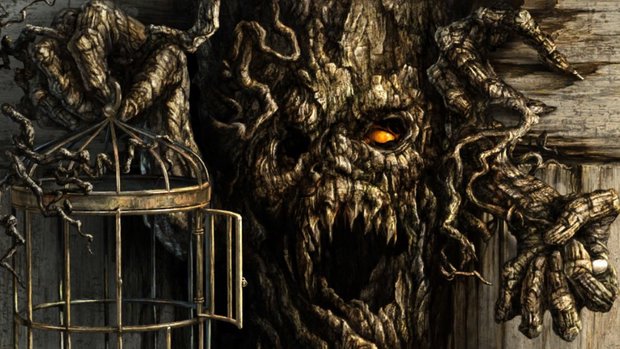
- 2 Comments
Long gone but not forgotten, the casual camp horror series is revived for a mostly satisfying puzzle-packed finale
A couple of years ago, while surfing the PlayStation Store for something light and easily digestible to get into, I took a chance on True Fear: Forsaken Souls despite not having heard of it before. It seemed to have the kind of casual, no-strings-attached gameplay that is often associated with the hidden object adventures that were popular at the time. As it turned out, there would be no hidden object hunts but plenty of puzzles, all wrapped in a psychological thriller about a young woman unearthing her family’s dark past. As it also turned out, I had unwittingly started down a road that wouldn’t end until several years later, when the trilogy begun almost a full decade earlier would finally be completed, serving up even more of the same comfort food buffet of puzzles and roadblocks mixed with enjoyably campy B-movie horror tropes.
For Part 3, developer Goblinz has stuck to the tried-and-true gameplay formula of the first two installments, ensuring that the entire trilogy feels like one cohesive whole that is best experienced together, not least due to a plot and cast of characters that don’t stand up particularly well in the face of long breaks. [Unavoidable spoiler warnings for Parts 1 and 2] At its center is protagonist Holly Stonehouse, who previously followed a message from her estranged twin sister Heather only to find that said sister had long since died, begging the question of who in the world contacted her in the first place. Even more disturbing was the revelation that the twins were, in fact, originally triplets, with the lost sister Dahlia, a vengeful spirit pulling the strings from the shadows, ultimately beckoning Holly to the abandoned town of Dark Falls. [End spoilers] It was here that the vacant halls and empty cells of an insane asylum promised to reveal more of their tragic past, and the audience was stuck with a cliffhanger for several years.
Despite being left stranded in Dark Falls’s ruined asylum, this sequel starts with Holly awakening in her house – were the events of the previous games all just a dream? This sets up a running theme for the third entry where Holly – and, by extension, the player – is never sure what is or isn’t real, what events from the previous titles actually happened and what was just in Holly’s mind. Either way, before long we end up back at the insane asylum, and from there explore further areas of Dark Falls, in particular the high school the girls attended and the apartment building where they lived with their mother.
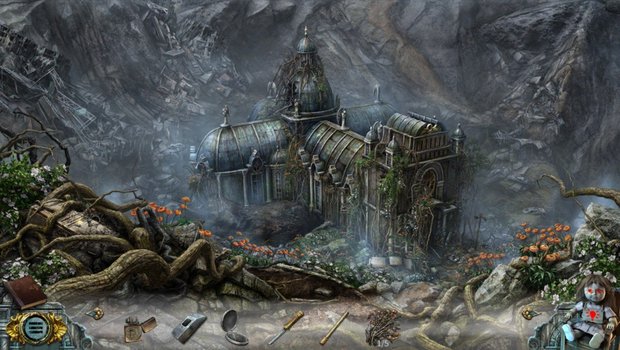
Along the way, new outside perspectives show us the true nature of events, unclouded by hazy recollection or a child’s disjointed perception. Some old haunts return as well, recontextualized here, as the mystery surrounding the sisters unravels. Between Holly now being an unreliable narrator and Dahlia’s penchant for bending reality to her will, the doors are open to plot twists galore (though, of course, I won’t spoil any of them here), which makes the horror this time feel more psychological than ever.
The short opening section acts as a tutorial area of sorts, presenting us with the two main elements of True Fear’s unchanged gameplay loop: collecting inventory items to use for progression and solving traditional logic puzzles. It’s safe to say that those who weren’t thrilled by what the series (or the sub-genre as a whole) had to offer before won’t be made into converts here, but since it isn’t meant to be a standalone experience, returning adventurers will know exactly what to expect.
Though on paper the gameplay doesn’t sound all that different from your typical point-and-click fare, it’s not quite the same, with each hand-painted, static screen environment offering so many items to collect and use that it more resembles a hidden object game, despite there never being a bullet point list of items to tick off. Instead, each scene includes items ranging from seemingly useless trash to all types of tools, trinkets, and trivial treasures to pile into your ever-growing inventory, while using them up just as quickly. Along with the present-day scenes, there are also some scattered self-contained flashback puzzle sequences that let us briefly explore through other characters’ eyes, featuring their own standalone items.
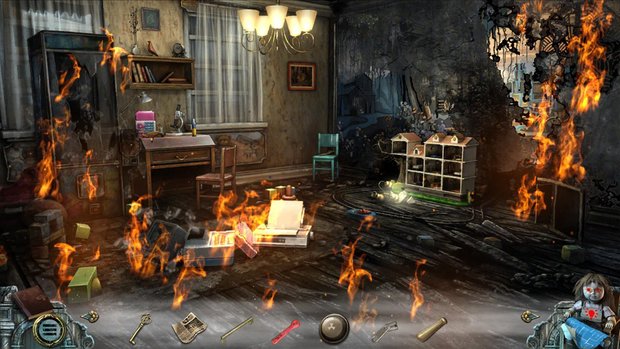
This process of being constantly awash in bric-a-brac works in the game’s favor, offering quick-fire dopamine hits each time an inventory puzzle is resolved. It’s often like tipping over a single domino, then sitting back and watching the whole chain topple over in a satisfying cascade, though with plenty of required backtracking as newly found objects are often needed in previous locations.
As the game moves along (playing at a leisurely pace, it took me around ten hours to see it through), you will have to solve a host of more traditional logic puzzles as well. There’s a wide variety of them on display, from simple fare like coloring in a picture to more involved tasks like navigating a maze while flipping a number of markers to the same color as you pass them. However, veterans of the genre will likely have seen iterations of them somewhere before in similar games, with a particular puzzle even repeating twice within this game alone. (Though, to be fair, I’m pretty sure there are only so many puzzle variants around, and some repetition is inevitable if you play enough titles of this kind.)
To help overcome all these challenges, there are also the by-now pretty standard quality-of-life features, like a rechargeable hint system that guides you to any missed objects or solutions, and a map that allows for fast-traveling and indicates where unsolved puzzles remain in case you get stuck. But these may not ever become necessary, as the level of challenge, in general, is very fair rather than ever outrageously obtuse. Difficulty is also adjustable from the game’s menu, offering the option to speed up the hint system recharge, adjusting the fast-travel feature, and enabling a skip button for each puzzle. Or you can even turn off all of these amenities completely.
What really makes the True Fear series stand apart, then, is its campy-yet-creepy vibe, dedicated to offering players a thriller with all of the best-loved horror tropes on full display, coupled with some nice presentation values. Even the game’s earliest scenes are rife with these, and it doesn’t let up from there. We’re talking jump scares, spooky off-camera sighs and moans, malignant shapes appearing and disappearing as lights flicker on and off, and silhouetted outlines worked into shadowy corners to suggest an imminent threat ready to lunge your way.
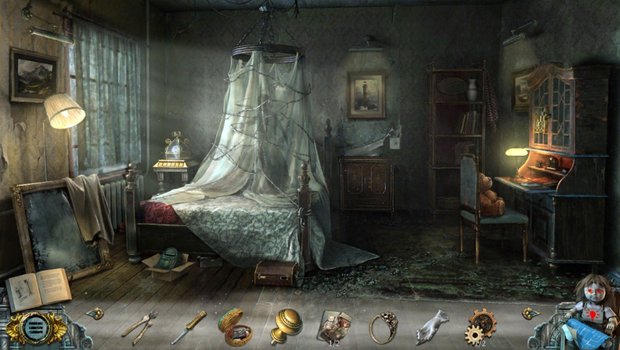
The camera itself is used to unnerve in fun ways. Often we are allowed to see things Holly is blissfully unaware of, like the hallway lights behind her extinguishing one by one as something unseen appears to stalk toward her, and an early in-game cinematic features that classic standby of an opened refrigerator door obscuring most of the frame so even we can’t see what horror might have just snuck up behind it. There are also times when our point of view briefly changes to that of a presumed antagonist lurking around the corner, showing us a shaky-cam scene of an unaware Holly as the threat closes in on her. Still, we know this isn’t the kind of game that is ever meant to fully scare our pants off or put us in genuine danger, blunting the horror somewhat while keeping it enjoyably eerie without ever crossing over into threatening, so the more casual thrill seekers will be comfortably safe here.
Apart from its spooky tendencies, there are some other tricks up the developers’ sleeves to inject narrative value. For one thing, we get a decent number of cinematic vignettes worked in throughout the adventure, in the form of animated transitions and inserts that add some bonus creep factor to a scene. This is where we get to hear the game’s occasional voice acting, which works fine for what it is. The artwork used throughout the static environments also incorporates its share of chilling elements, like a tree with a monstrous grimace frozen in snarling agony or a bathtub with what appears to be a human form submerged below its murky water, silently daring the player to reach in. Combined with the atmospheric score – understated instrumental tracks that are largely reused from the previous entries – we get a game in which all the aesthetic elements work together to create a moody vibe that goes well with its psycho-thriller trappings.
As the final entry of the trilogy, Part 3 has the unenviable task of not only wrapping up the story but somehow tying together the previously established loose ends. I have no way of knowing if this is true, but as the story crescendoed towards its end, it felt like the developers had written themselves into a corner, struggling for a way to pay off the mysteries established in the first two games. What follows is an admittedly unexpected twist that felt a bit forced and, sadly, did not land all that well for me. I appreciate that the team didn’t take the easy way out (as an early fake-out ending seems to imply), but I found myself not quite able to follow the plot points of the game’s final third, at times just guessing at what they were going for.
It’s possible something in the final twist was simply (and quite literally) lost in translation, but I suspect it had more to do with the story and characters of the first two games (not exactly the strongest to begin with) being foggy at best in my mind so many years later. Even though the game tries its best to refresh your memory at the outset, I would wholeheartedly recommend playing the entire trilogy back-to-back to make the story as coherent as possible.
Honestly, even with the time gap, I’m surprised how much trouble I had keeping the plot details straight (and still have even now) considering the amount of written exposition you find over the course of the game. Just about every new screen will have Holly update her journal with notes, letters, photographs, and clues. But even with all this expository content, it seems not a whole lot actually happens, beyond the obligatory trail of breadcrumbs that draws Holly from one location to the next. Most of the time I found myself either trying to recall characters and relationships introduced in previous games or trying to get a bead on the handful of new names introduced in this installment. And that’s before the plot takes a tumble off the deep end as it ramps up to its final act.
I don’t think the story has ever been the main attraction of this series, and that doesn’t really change here. Sure, the narrative reaches its conclusion at long last, but many of this entry’s individual story beats simply didn’t move things along enough for me. For the most part, we’re just rehashing plot points we’ve already seen in the previous games, with most of the novel developments reserved for the inevitable late-game plot twist. Still, it's pretty commendable that True Fear has managed to come out of purgatory to actually conclude the long-unfinished trilogy – the seven-year gap since its last entry did not seem to bode well for that ever happening.
Final Verdict
While there isn’t much here that ups the ante, the game gets away with it. It’s satisfying to play through, with heaps of inventory items to find and use at a rapid clip, interspersed with slightly more meaty logic puzzles that are just as enjoyable. The vibe is as enjoyable as ever, a thriller that takes itself seriously enough to play up its psycho-horror vibes with jump scares, audio stings, and nice camera tricks, but never to the point that they oversaturate the fun atmosphere. Its story never was, and still isn’t, its strongest selling point, though the fact that there actually is an ending at all now is certainly a point in its favor. Ultimately, True Fear: Forsaken Souls is a casual, fright-lite experience that’s best – and now actually can be – enjoyed all at once as one continuous game.
Hot take
Within its subset of casual adventures, True Fear: Forsaken Souls stands out due to its stalwart dedication to delivering peak camp-horror charm. Its story gets a bit wobbly, but after a long delay, the final part of the trilogy largely succeeds in giving some closure at last.
Pros
- Solving fast-clip inventory puzzles is satisfying
- Casual vibes without sacrificing genuine spooky atmosphere
- Fun implementation of horror tropes
- The trilogy is complete!
Cons
- Narrative still doesn’t feel like much more than an excuse to move from puzzle to puzzle
- Long gap between games makes it hard to connect some of the dots
Pascal played True Fear: Forsaken Souls – Part 3 on PC using a review code provided by the game's publisher.


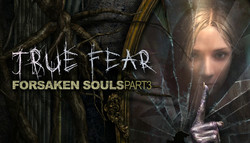
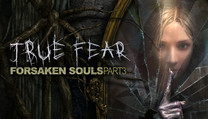
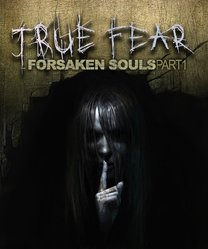
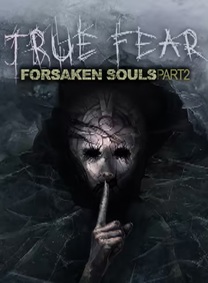
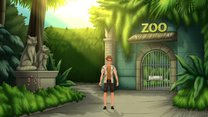
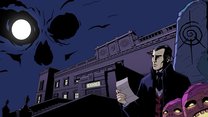
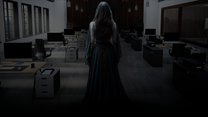

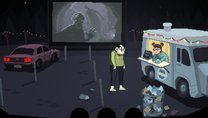
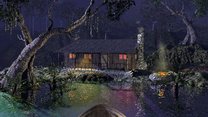
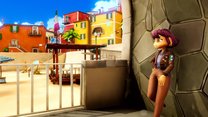

2 Comments
Want to join the discussion? Leave a comment as guest, sign in or register.
A Hidden Object Game, really? Those might look like 1-st person point and click games, but they are not. Same stock minigames, same bottom of the screen inventory, same buttons on the left and right of it. You use items on the enviroment but that does not make it an invetory puzzle. I played one with actual interest back in the day (Artifex Mundi was the best at making those) but every other one was basically just the same but rekinned.
Reply
As the review makes clear, this isn't a hidden object game.
Reply
Leave a comment